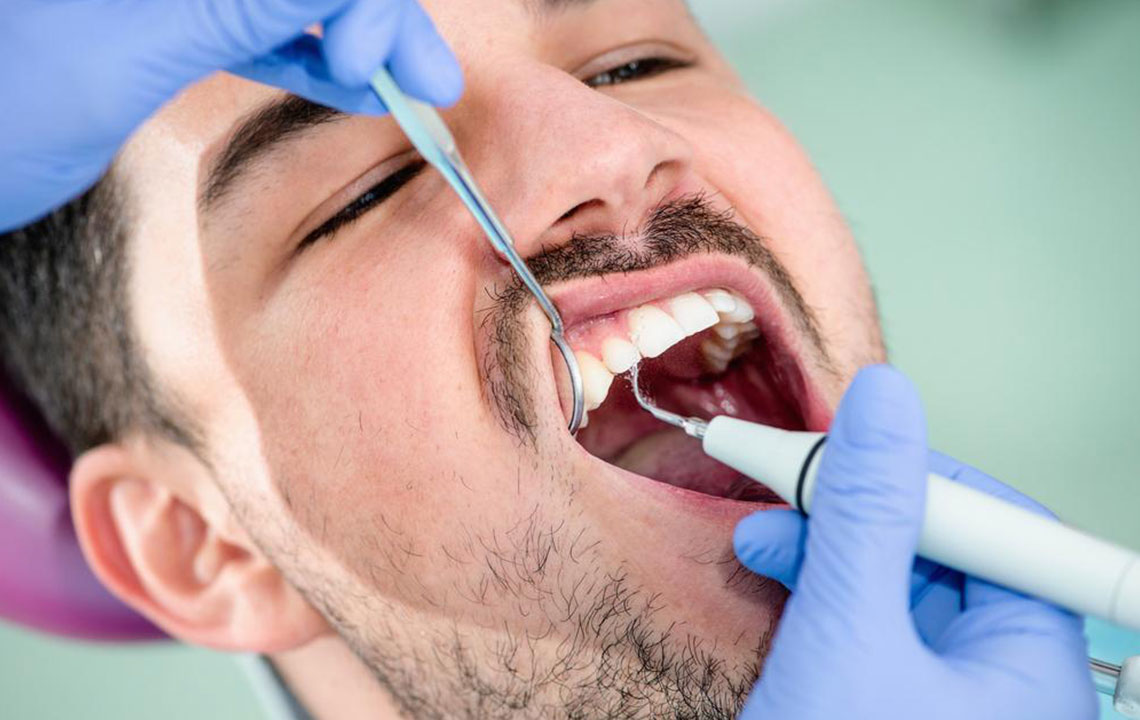Amazing Plaque Removers That You Can Try

It is common to confuse plaque with tartar due to similarity in symptoms. Plaque is a sticky, colorless deposit of bacteria that repeatedly forms on the tooth surface. The plaque buildup can stain your teeth. It is also the origin of several gum problems. Plaque removers can help keep your teeth plaque free.
Formation Of Plaque
Bacteria in our mouth, combined with foods that contain sugar and carbohydrate, produce acids that attack the teeth. Inefficient brushing leads to plaque development, and if not removed, it can cause dental problems. It can also cause permanent damage to the gums, if left untreated.
Treating Plaque
Eliminating plaque is a daily routine process in our oral care. Regular brushing and flossing are the most basic. Plaque takes as less as 4 to 12 hours to recur on our teeth. Therefore, brushing at least twice a day is essential to fight plaque, followed by flossing for complete dental care.
Brushing
Even though you brush everyday, and it might seem like a simple task, note the following basics:
- Do not rush through your brushing routine. Make sure each quadrant of your mouth is brushed for 30 seconds. This means you should ideally brush your entire teeth line for 2 full minutes.
- Use a good electric brush that allows you to clean all corners of the mouth. The Oral-B in-handle timer pulses every 30 seconds, so that you can switch quadrants accordingly.
- Go tooth by tooth to achieve the best cleaning, and, attentively, reach all corners.
- Oral hygiene also involves a clean tongue. Brush your tongue to get rid of odor-causing bacteria.
- Once you are done, rinse the bristles of your brush well. This will prevent any residual bacteria and dirt clinging onto the bristles.
- Proper use of a good electric brush or a normal toothbrush having criss-cross bristles is enough to remove up to 90% of plaque.
- Replace your brush every three months.
Flossing
Brushing is not sufficient to remove plaque completely. Flossing is essential since it reaches between the teeth and the gum line. Daily flossing can prevent plaque buildup and tooth decay.
The correct technique to floss is:
- Wind most of the floss around each of your middle finger, leaving an inch or two of the floss thread to work with
- Securely hold the floss using your thumb and index finger, and place it between your teeth
- Gently move towards the gums.
- When you reach the gums, curve the floss around each tooth, and continue flossing.
- Do not apply too much force since the gum line is quite delicate and floss can bruise the gum tissues.
- When switching from one tooth to the other, use cleaner sections of the floss as you go.
Types of Floss
Floss is of two types based on the material:
Nylon Floss:
Nylon floss could be waxed or unwaxed, and is available in a variety of flavors. It is composed of multiple strands of nylon, and could tear or shred between teeth while moving between tight junctions.
PTFE Floss:
This floss is made up of a single filament, and slides with ease between the teeth. Unlike nylon filament, PTFE floss does not shed and lasts longer.
Mouth Rinsing
Along with brushing and flossing, mouth rinsing is a part of complete routine oral care. Regular rinsing not only removes bad odor but also clears plaque buildup and other gum problems.
Mouth rinse is of three types:
Cosmetic Rinses:
Cosmetic oral rinses, available as OTC medication, may benefit with reduced bad breath, rinsing away of oral debris, and killing of bacteria in the mouth.
Therapeutic Rinses:
Therapeutic oral rinses are available both as OTC as well as prescribed formulations. They are regulated by the Food and Drug Administration (FDA) and are approved by the American Dental Association (ADA). They contain active medicinal ingredients that target specific oral health conditions. The anti-plaque therapeutic rinse controls bacteria that cause plaque and gingivitis. These plaque removers contain an active ingredient- chlorhexidine gluconate. Therapeutic rinses may have an unpleasant after taste and are not recommended for more than 6 months of use.
Natural/Herbal Rinses
If the taste and smell of chemical makes you uncomfortable, you can go for natural products. They are mild yet effective, and do not contain any harsh chemicals like alcohol or dyes. They include ingredient such as herbs with medicinal properties that act as plaque remover. Some popular brands offering natural rinses are The Natural Dentist and Tom’s of Maine.
Professional Cleaning
It is a good practice to visit your dentist regularly, and get a professional cleaning done once in a few months. Oral cleaning is as important as any other aspect of your health. Plaque is formed due to bacteria which ultimately leads to cavities and gum diseases. So it is important to get rid of this colorless sticky film every day with the use of plaque removers. Routine brushing, flossing, and rinsing, and regular dental check ups are good for long term oral health.


